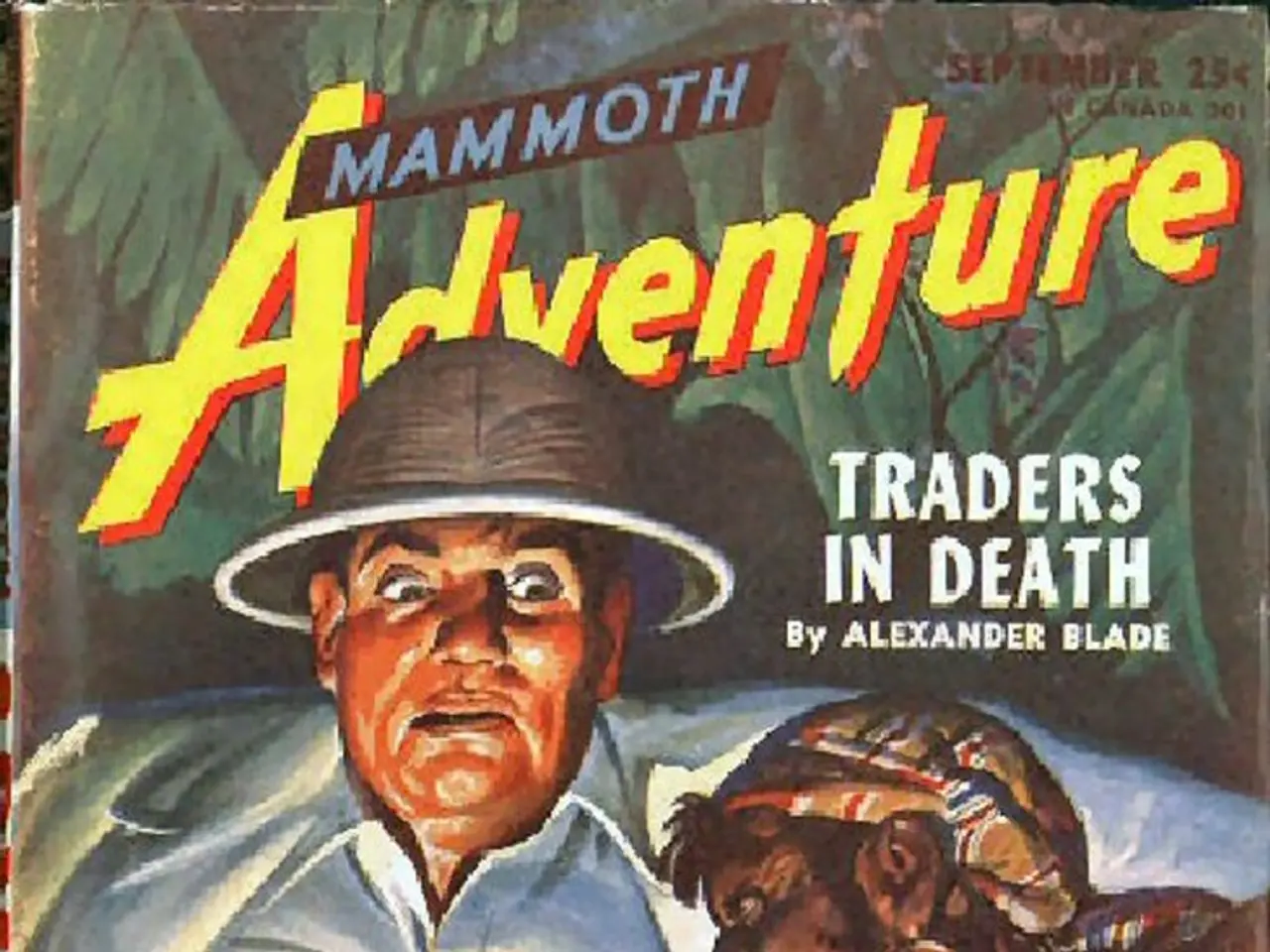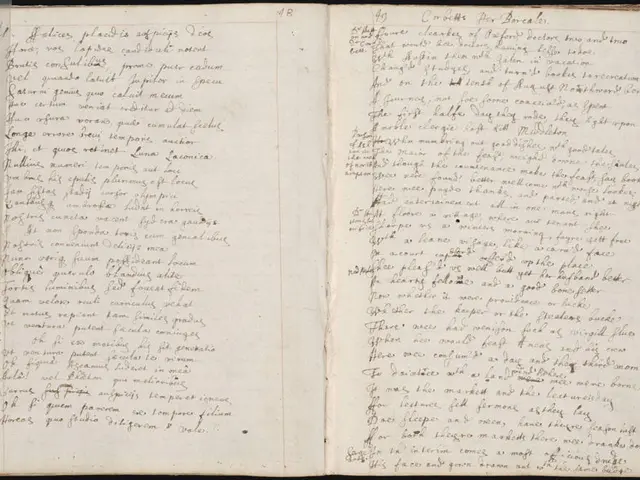Ancient Tales and Folklore: Reflections of Traditional Faith and Ancestral Ideas
Myths and Legends: Powerful Cultural Mirrors
Myths and legends, ancient stories passed down through generations, have played a significant role in shaping societies and reflecting the values, fears, and aspirations of people throughout history.
The Arthurian legends, rooted in medieval Britain, cemented the values and ideals of chivalric conduct, influencing the societal norms of the time. Aesop's Fables, originating in ancient Greece, impart moral lessons through simple stories, offering timeless wisdom that remains relevant today.
In Greek mythology, understanding the genealogical chart is crucial to understanding inter-deity relationships and mortal connections. Myths often feature complex family trees of gods and demigods, emphasizing the importance of bloodlines. Similarly, lineage stories reveal how cultures prioritize heritage and ancestry, often tracing back to a common mythical ancestor who provided cultural and spiritual grounding.
Myths often serve as a source of identity and collective memory for cultural groups. For instance, the Maori story of Ranginui and Papatūānuku reveals cultural priorities and importance of family and connection to the natural world. In Latin American folklore, La Llorona serves as a cautionary tale about potential dangers, while La Patasola in Colombian culture encodes social fears and ethical boundaries.
The Marvel Cinematic Universe's portrayal of Thor, a Norse god, retains the essence of the myths, introducing these age-old stories to an entirely new generation. Myths and legends provide insight into how ancient peoples perceived the world, serving as symbolic frameworks through which societies interpret the world.
Myths often adapt over time, evolving to reflect changing social realities and ideologies. The changing role of the vampire myth as a symbol of class struggle or social critique in modern literature is a testament to this adaptability.
Myths and legends are not static tales but dynamic cultural artifacts that maintain social cohesion, transmit collective memory, and articulate shared human experiences, ensuring the continuity and evolution of cultural identity throughout history. They function as collective narratives that embody a society’s beliefs, explain natural phenomena, justify social structures, and convey moral lessons, thus preserving cultural identity and guiding behavior across generations.
The preservation of myths and legends is essential for maintaining cultural heritage, acting as a bridge between the past and the present, and allowing contemporary audiences to engage with their history. They are valuable not only for their entertainment but also for the insights they offer into human nature and cultural beliefs, inviting us to explore our past, examine our beliefs, and reflect on the timeless questions of existence. The preservation of myths and legends is a valuable reminder of humanity's diverse historical and cultural tapestry, highlighting the universal need for stories.
[1] Smith, J. (2019). Mythology: An Introduction. Oxford University Press. [2] Campbell, J. (1949). The Hero with a Thousand Faces. Princeton University Press. [3] Graves, R. (1955). The Greek Myths. Penguin Books. [4] Vogt-Goldstein, M. (2014). The Power of Myth in Latin America. University of Texas Press. [5] Dalton, G. (2015). Vampires in Myth and Legend. McFarland & Company.
- The preservation of myths and legends, such as the Arthurian legends, Aesop's Fables, and Greek mythology, serves as a reflection of a society's lifestyle, education, self-development, and entertainment, acting as a bridge between the past and the present, and allowing contemporary audiences to engage with their cultural heritage.
- Myths and legends, like the Maori story of Ranginui and Papatūānuku or the Latin American folklore of La Llorona and La Patasola, reveal cultural priorities and values, emphasizing the importance of heritage, ancestry, and identity, thereby preserving and guiding behavior across generations, while also serving as dynamic cultural artifacts that adapt to changing social realities and ideologies.







